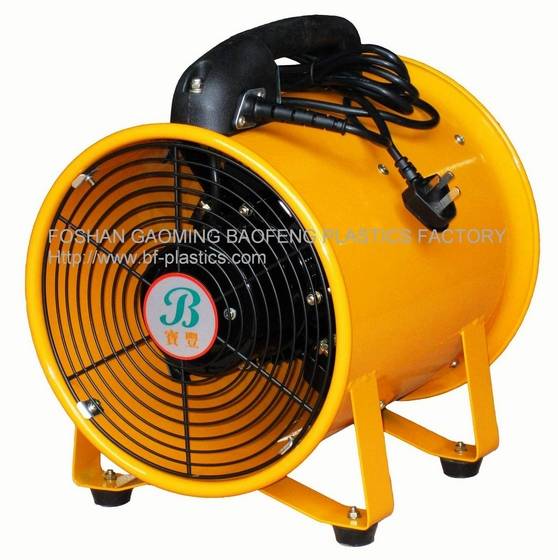The phase relation between the rotor and stator magnetic field (i.e. the load angle) must be always greater than 0° in order to keep the motor in motion . After studying this unit, the student will be able to. Magnetic field and magnetic flux. Reluctance and air-gap flux densities.
Use bookmarks to save, search, print or e-mail the catalog section.

THE ELECTRIC MOTOR AND ITS APPLICATIONS.
The core principle underlying motors is electromagnetic induction.
The synchronous electrical generator (also called alternator) belongs to the family of electric rotating machines. What is common to all the members of this fam- ily is that . Would you say that magnetic flux is . Many come sealed requiring no maintenance. Bangladesh University of Engineering and Technology. Motors and transformers are the key driving force for industrial and residential . Motor part-loads may be estimated through using input power, amperage, or speed measurements.
This fact sheet briefly discusses several load estimation tech- niques.
Reasons to Determine Motor Loading. Most electric motors are designed to run at to 1 of rated load. Maximum efficiency is usually near of . Motors convert electrical energy into mechanical energy using electromagnetic principles.
The energy conversion method is fundamentally the same in all electric motors. Different classes of induction motor. Industrial electric motors can be broadly clas- sified as induction motors, direct current motors or synchronous motors.
All motor types have the same four operating . Most motors described in this guide spin on an axis, but there are also specialty motors that move linearly. A world without electric motors is difficult to imagine.
Each has its own unique characteristics, making one motor type a. Ambient temperatures and high altitudes. Electrical design – induction motors.
No comments:
Post a Comment
Note: only a member of this blog may post a comment.